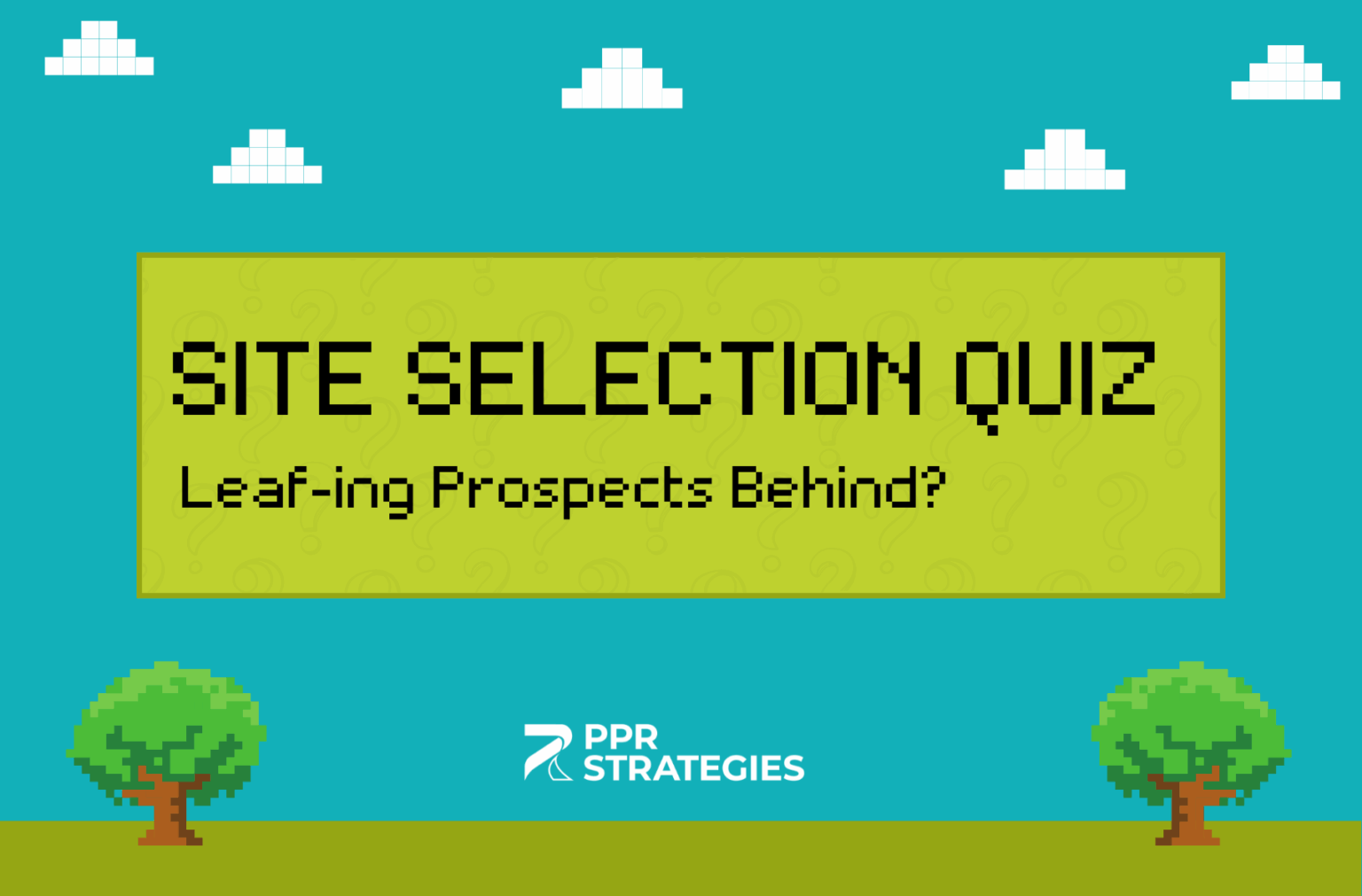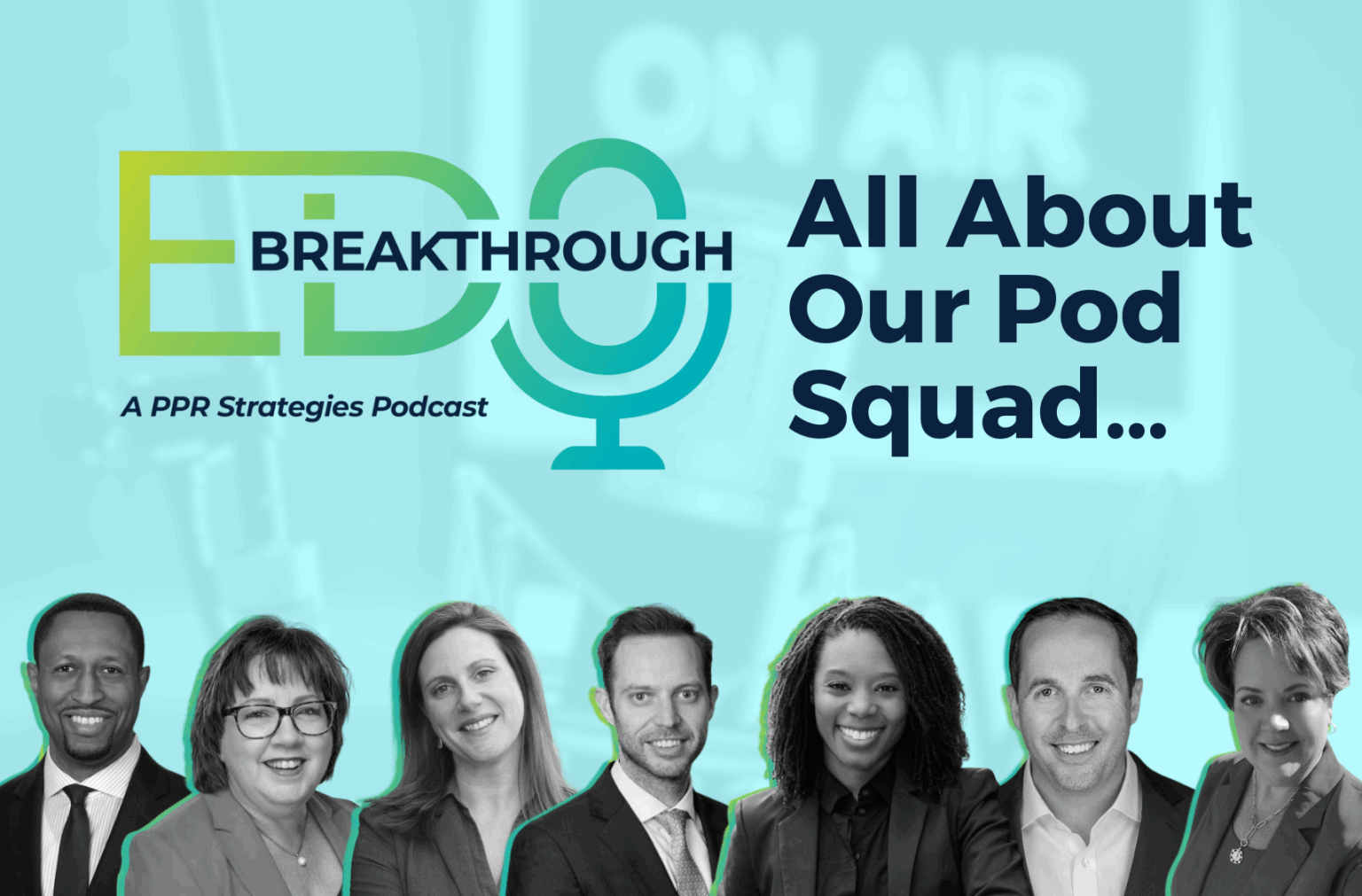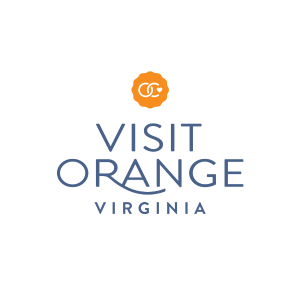“If I only had two dollars left, I would spend one dollar on PR.” – Bill Gates
Most companies aren’t willing to spend money on public relations unless it can be proven that a return on investment is being made, which of course, makes sense. No company should be willing to throw dollars into an effort they’re seeing no results from. The question that is on everyone’s mind is: How do PR agencies and the companies working with them, measure their return on investment?
In the past, it was difficult for public relations agencies to prove ROI to a client, but in today’s digital world it is much simpler.
The only problem with measuring your company’s return on investment for public relations campaign is that there is no single formula where you’ll find one right answer. The truth is, there are many different methods and formulas to measuring your ROI when it comes to things such as PR campaigns.
Many PR professionals first look at quantity when attempting to measure ROI for PR campaign. This includes looking at 1) how many outlets picked up your story, 2) how many stories were in the media and 3) increased traffic to the company’s website.
The grand opening event for “for the kids, by George” children’s museum, a project that PPR Strategies helped to promote, can be used as an example of measuring ROI.
To quantitatively measure the success of publicizing the event, we look at how many stories about the grand opening were printed or broadcasted, which in this case happens to be over 30 stories.
What would it cost to advertise in those 30 publications? Chances are, less than it costs to hire an agency for help!
Here’s another example:
You hire a PR firm for $2,000 to write a press release and pitch a story about a new item your company now offers. The story is picked up by several local newspapers, and even makes it on the evening news. Measurable outcomes after the story was printed include increased hits to their website and increased Facebook ‘likes’ and engagement.
Did they earn a ROI? If you consider that the local paper that they made the front page of sells front-page ads for $2,5000, then yes they did.
But here is where things get tricky. What if you want to take quality, not quantity into consideration? How do you measure the ‘tone’ of the articles, or if brand awareness increased?
People like Paul J. D’Arcy has developed a formula to measure the ROI of a public relations campaign that takes into consideration not only quantity, but quality as well.
All good public relations agencies have their own methods of measuring results and should always be willing to share them with you. And remember, the impact of PR doesn’t stop after the campaign does, as it almost always drives a longer-term impact.









